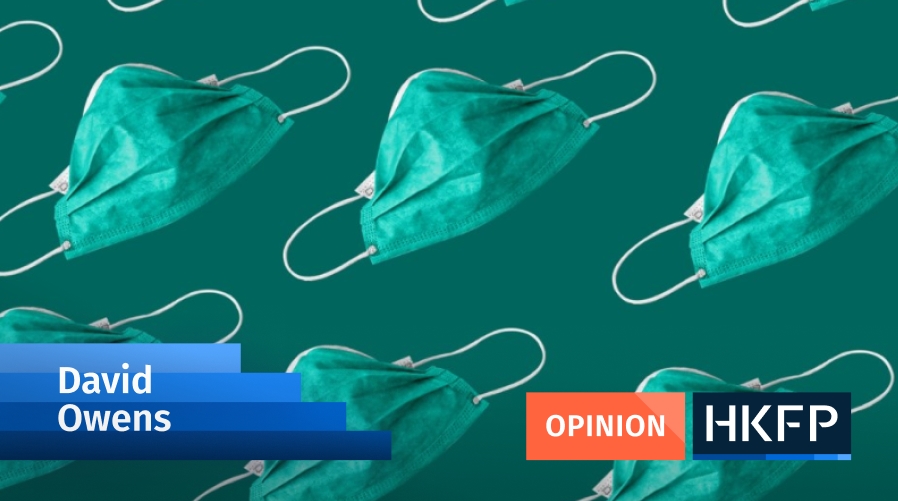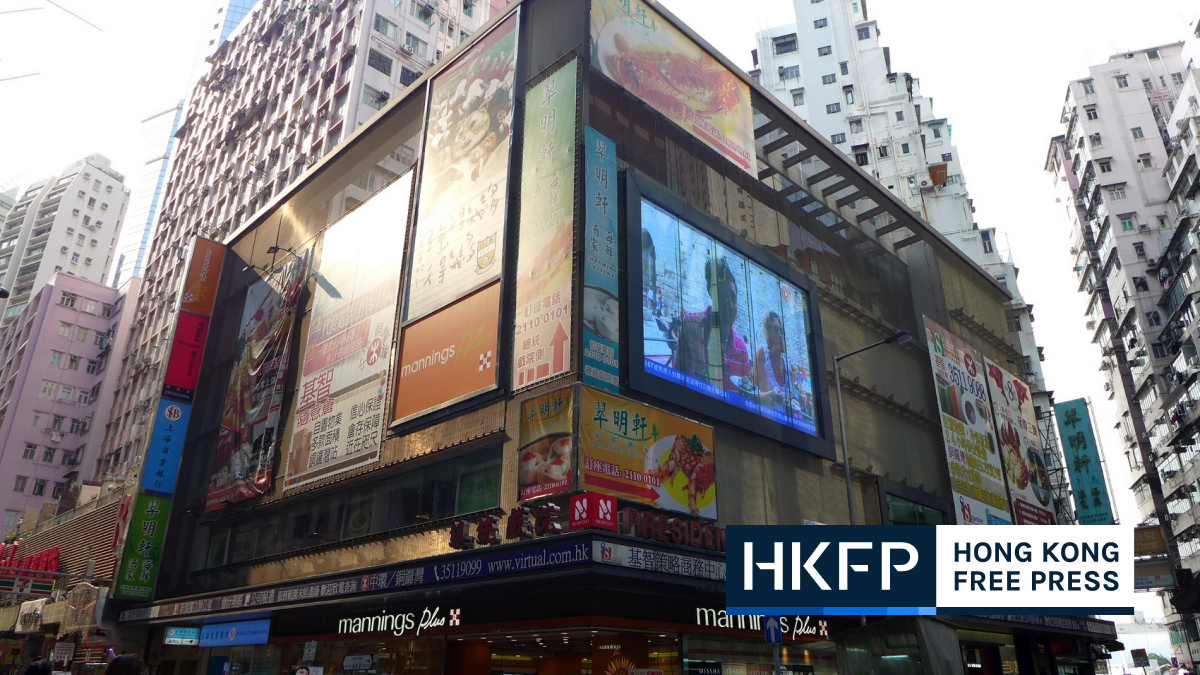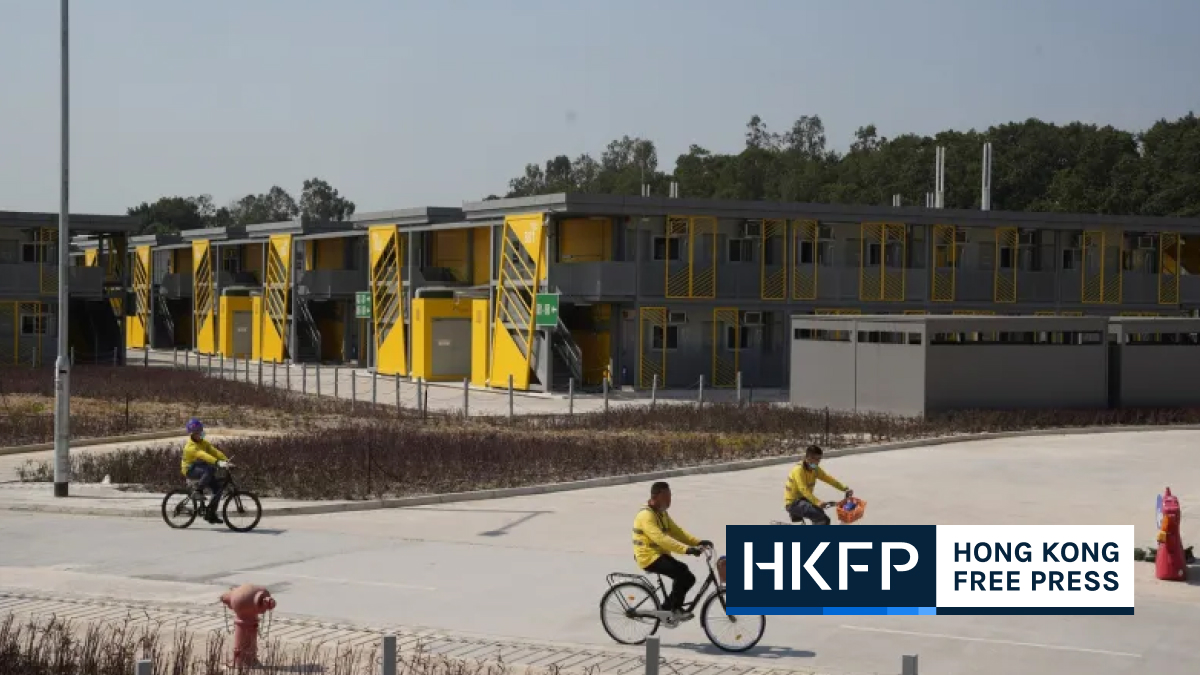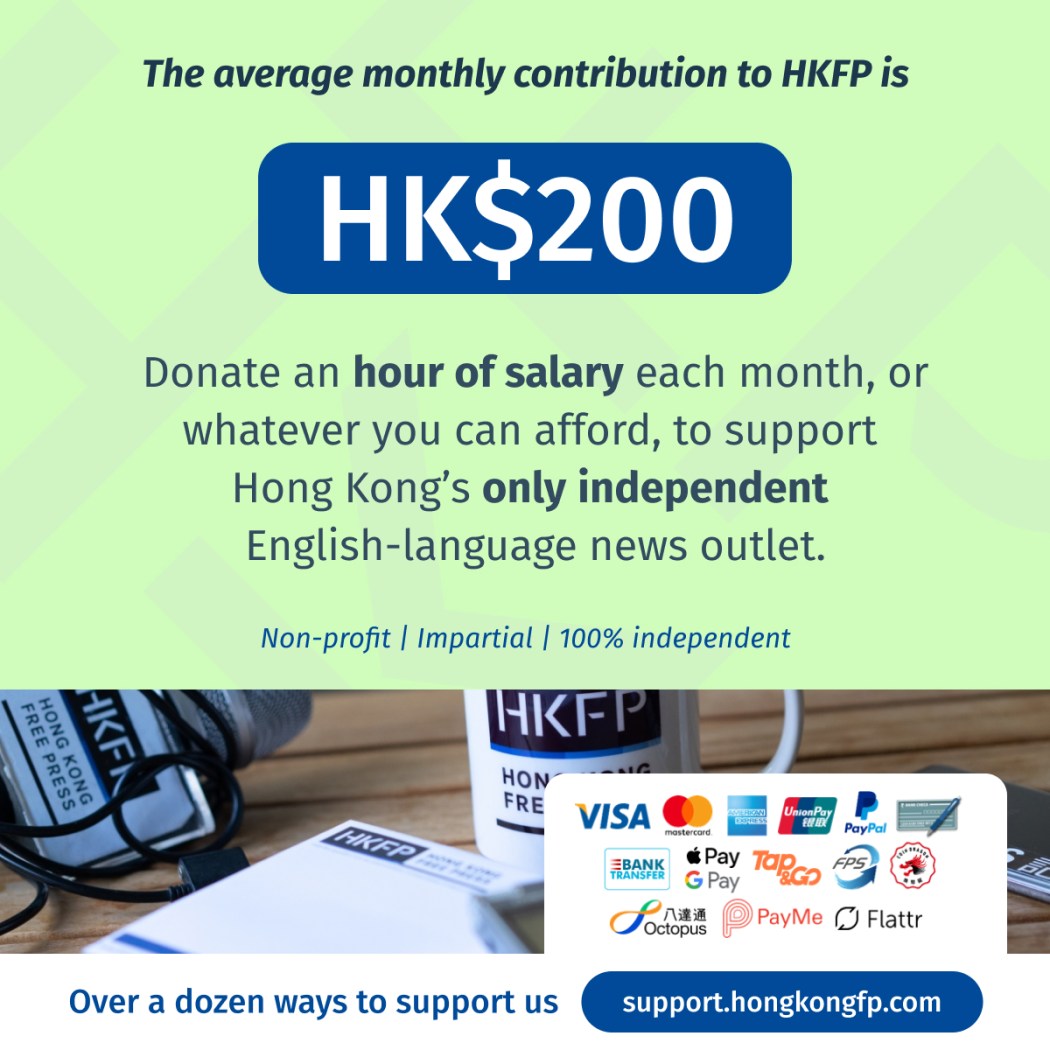In recent days, nationwide protests have exploded in China, as hundreds of demonstrators gathered on the streets of major cities and university campuses to rally against the government’s stringent Covid-19 measures. Videos circulating online show many cheering for broader freedoms.

Dubbed the “A4 revolution” for the blank sheets of paper people have held aloft, the widespread dissent is all the more striking for its location. Open acts of defiance are not common in mainland China; at least they have not been since a 1989 pro-democracy movement ended in violent crackdowns, including one in Beijing where hundreds, if not thousands, were killed by the People’s Liberation Army.
HKFP looks at what led up to this unprecedented moment…
Urumqi fire
The protests were ignited by a deadly fire that broke out in the Jixiangyuan community of Urumqi – Xinjiang’s capital city – on Thursday. The city has been under a strict Covid-19 lockdown since August, and residents claimed anti-epidemic efforts hampered rescue efforts.
State media reports said 10 people were killed by the blaze, which also injured nine, and that area was considered “low risk” for Covid-19, meaning “residents were allowed to leave their own buildings.” The statements were criticised by Chinese netizens, who questioned whether strict lockdown measures had hampered residents’ ability to escape and delayed rescue.
From around 8 p.m. on Friday, China’s social media platforms were flooded with footage of Urumqi residents taking to the street across different parts of the city and demanding authorities to lift Covid-19 restrictions.

A video widely reported by international media outlets showed a large group of people gathered in front of a government building, chanting to “end lockdowns” and singing the national anthem “March of the Volunteers.”
Urumqi authorities said in a 9 p.m. press meeting that certain online images of doors being sealed by wires were fake, but admitted that there had been multiple cars blocking the way of fire trucks, and rescuers had to remove rods installed for “everyday purposes.”
The city’s police arrested a 24-year-old female for releasing “false information” about the casualties in the fire on that day. She was then placed under administrative detention for 10 days.
Without acknowledging the protests, Urumqi officials said at a separate press conference on Saturday that lockdown measures would be incrementally eased in “low risk” neighbourhoods.
‘We want freedom, not lockdowns’
Over the past few days, the wave of anti-Covid protests spilled across several major Chinese cities. In addition to calling for an end to strict pandemic measures – many of which have been in place for almost three years – demands for broader freedoms and civil rights have emerged.
According to BBC News, demonstrators were seen gathering in the capital Beijing and financial hub Shanghai, as well as Guangzhou, Chengdu, Wuhan and Xi’an, as well as at dozens of universities.
Initium counted displays of mourning or protests at 79 university campuses in 15 provinces.
Some brought flowers and candles to mourn those who lost their lives in the Urumqi fire. Many also held up blank sheets of paper – an acknowledgement of the censorship and lack of free speech in the country.
Protests in China are largely muted with dissidents closely monitored and social media posts censored. Posts expressing anti-government sentiment are quickly taken down.
The slogan “we want freedom, not lockdowns” that was first displayed on Beijing’s Sitong in a rare protest ahead of the historic 20th Communist Party congress is now echoed by many participants of recent demonstrations.
At a protest in Shanghai, some of the crowds were even heard shouting slogans such as “Xi Jinping, step down,” “Communist Party, step down,” and “give me liberty or give me death.” It is exceptionally rare for people in mainland China to publicly denounce the country’s leader.
After police told people gathered in Beijing not to shout “no more lockdowns,” they began chanting “more lockdowns” and “I want to do Covid tests,” according to posts on social media.
After police told people not to chant “no more lockdowns” they began chanting “more lockdowns” and “I want to do COVID tests” pic.twitter.com/R8Y29TRFwa
— Vivian Wang (@vwang3) November 27, 2022
Police have largely allowed protests to take place in most cities, but Ming Pao reported that dozens were arrested in Shanghai on Saturday night. Online videos that emerged on Sunday purported to show those who had been apprehended being beaten up by police after they were taken onto coaches.
British broadcaster the BBC said that one of its journalists was assaulted after being arrested by Shanghai police.
China’s zero-Covid-19 policy
China has maintained the world’s strictest Covid-19 policies since the pandemic broke out in the country in late-2019. Beijing continues to insist on sticking to a zero-Covid strategy, and lockdowns are often imposed on communities where Covid-19 infections are detected, even when case counts are very low.
The government has also introduced a health code system in light of the pandemic to restrict people’s movements depending on their Covid-19 status and health risks to society.
See also: Explainer – China’s Covid-19 health code system
Residents are required to input personal information such as their name and identity card number to a mobile application. A QR code is generated and the different colours of the code determine the level of restrictions placed on someone.
As well as limitations on their freedom of movement, mainland Chinese residents are often subject to strict testing requirements. Many are required to take daily tests to go to work or take public transport.
Rigid pandemic policies have been blamed for a number of tragedies.
In January, a Xi’an health official apologised to an eight-month pregnant woman who miscarried after she was refused admission to a hospital because her Covid-19 test results had expired by four hours.
In September, 27 people died when a bus taking Covid-19 patients from Guiyang to a quarantine centre 250 kilometres away crashed. The death toll was a stark contrast to the two Covid-related deaths the province has reported since the pandemic began.
Earlier this month, a woman in Inner Mongolia died by suicide. Her daughter was barred from entering the housing estate to reach her mother as the iron gates to the area were welded shut.
Solidarity protests across the world
After news of protests in China broke, solidarity rallies took place across the globe, with people gathering in cities including London, Paris, New York and Vancouver.
Hundreds in London gathered outside the city’s Chinese embassy on Sunday night. They were heard shouting “democracy and freedom” and urging the Chinese authorities to release arrested protesters.
Similar assemblies were also held at the Vancouver Art Gallery and the Centre Pompidou in Paris.
Hongkongers assembled in Central and at the Chinese University of Hong Kong on Monday evening holding blank sheets of paper and candles.

Students at the University of Hong Kong (HKU), CUHK and the Hong Kong University of Science and Technology also held commemorations for those who died in Urumqi.
Security officers at HKU were “concerned about potential public order issues” and called in police after they found two students staging a solidarity vigil on Sunday. No arrests were made.
CUHK security guards also reportedly went to take photos of the students who demonstrated against China’s Covid-19 restrictions at its campus on Monday.
Support HKFP | Policies & Ethics | Error/typo? | Contact Us | Newsletter | Transparency & Annual Report | Apps
Help safeguard press freedom & keep HKFP free for all readers by supporting our team















